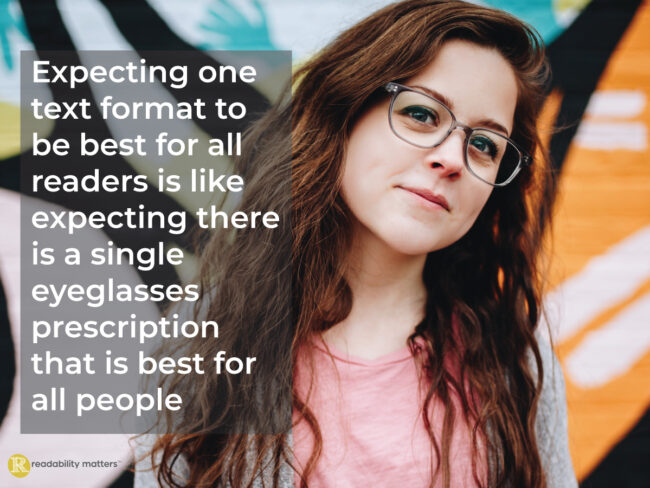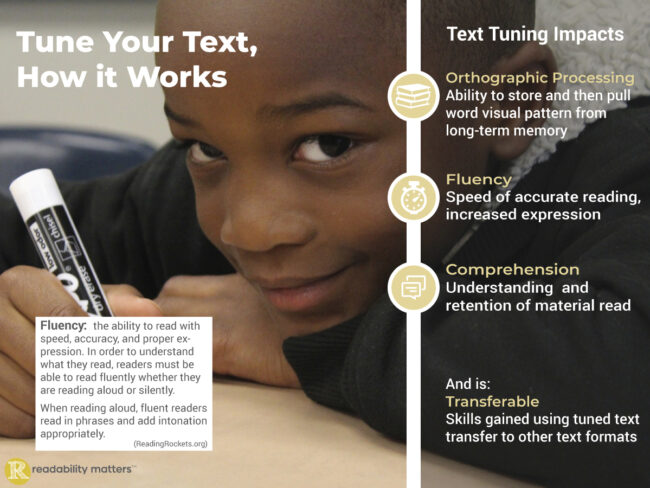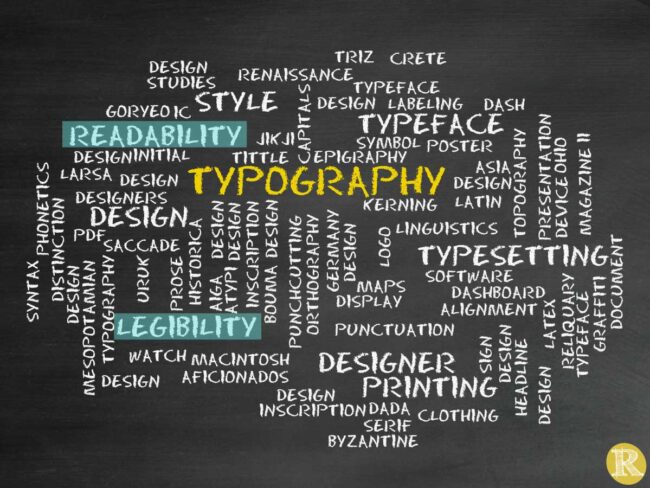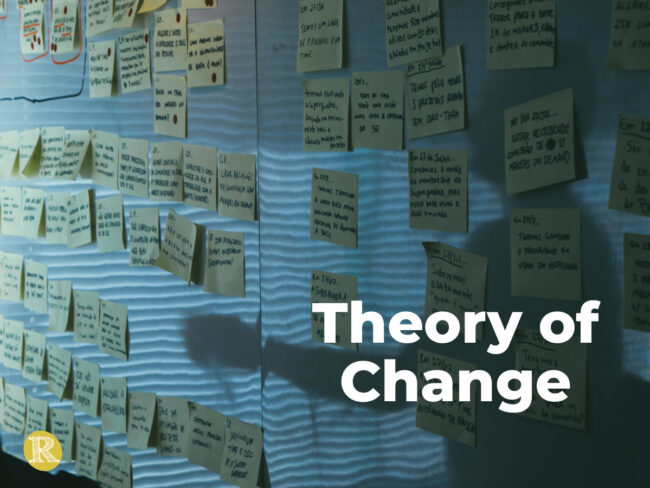Readability Formats Deliver Instantaneous Change
Think about the person that uses prescription eyeglasses… As they put them on, their speed of accurate reading immediately increases. Some people question whether or not text format changes (such as size, shape, and spacing) can significantly impact readability. A reader with the perfect pair of glasses offers an analogy. For readers who need…





